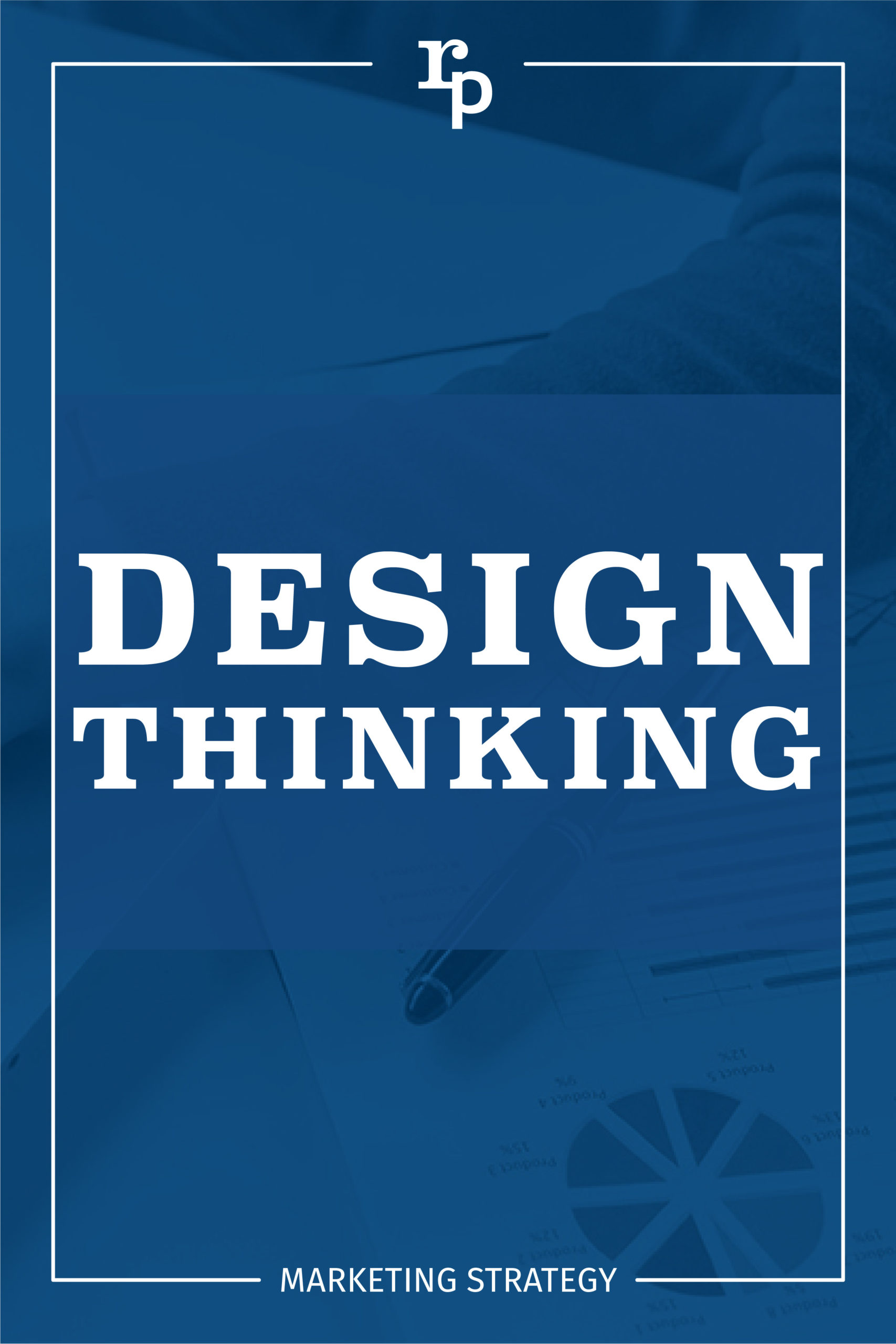Design Thinking for Marketing Professionals
What is design thinking and how can marketing professionals use it to their advantage? To keep it short and simple, design thinking is a process for creative problem-solving with a human-centered core. It encourages businesses to focus on the people they’re creating for which leads to better products, services, and internal processes. Some of the world’s leading brands, such as Apple, Google, and Samsung, have rapidly adopted this approach.
Design thinking isn’t just for large brands and businesses. Anyone can incorporate this process into their own strategy, no matter how big or small their business may be. But, how? Here’s a quick breakdown of design thinking and how marketing professionals can use it in their own marketing strategies.
Design Thinking Stages
Before you can really begin to use design thinking, you need to understand the five stages. The five stages of design thinking include: Empathize, Define, Ideate, Prototype, and Test.
1. Empathize with your users.
2. Define your users’ needs, their problem, and your insights.
3. Ideate by challenging assumptions and creating ideas for innovative solutions.
4. Prototype to start creating solutions.
5. Test solutions.
It’s important to note that these five stages aren’t always sequential. They don’t have to follow any specific order. You should look at these stages as an overview of the phases that contribute to an innovative project rather than sequential steps. Once you have an idea of these design thinking stages, you’re ready to begin the process.
Customer’s Point of View
One of the biggest challenges for marketing professionals today is reaching an audience on a personalized basis. Successful marketing campaigns need to touch the hearts and souls of the audience. To do that, use design thinking.
First, marketers need to think about the customer. What are their pain points? This question should make marketers slow down and focus on empathy. Before running to the whiteboard to brainstorm ideas, they need to pay attention to what’s going on with their customers.
Next, ask yourself “what if?” This question has always been the best call for creativity and ideation. It’s the right step for you to bring along customers and coworkers to generate as many ideas as possible.
Last, decide on what works. This is the experimentation stage of the process. Evaluate each idea that’s been generated and extract concepts that can be produced using the existing resources. Once you do that, create prototypes from the ideas, share them, and get feedback.
Getting Started
Naturally, marketing professionals are passionate about understanding their customers. In the design thinking process, these professionals need to do more than just comprehend the customer. They have to put themselves in the shoes of the user, understand their needs, and create concepts and products that are the solutions for their problems.
It’s easy to get started when you understand the stages of design thinking. Plus, you might be incorporating design thinking methods into your own strategy already!
need help with your marketing strategy?
If you need help developing your own marketing strategy, we’re ready to start the conversation and get you going in the right direction.

Chatbot Basics 101
Let's talk about chatbots. You know, those things you sometimes message on different applications...
Favorite Social Media
What is your favorite social media platform? Remember the days when there was just Myspace? Oh,...
Call to Action Do’s and Don’ts
There is such a thing as a bad call to action The goal of any page on a website, whether it's the...
Let’s Talk Web Navigation
The Web Navigation Bar (aka, the nav & primary menu) The web navigation bar is a custom-built...
